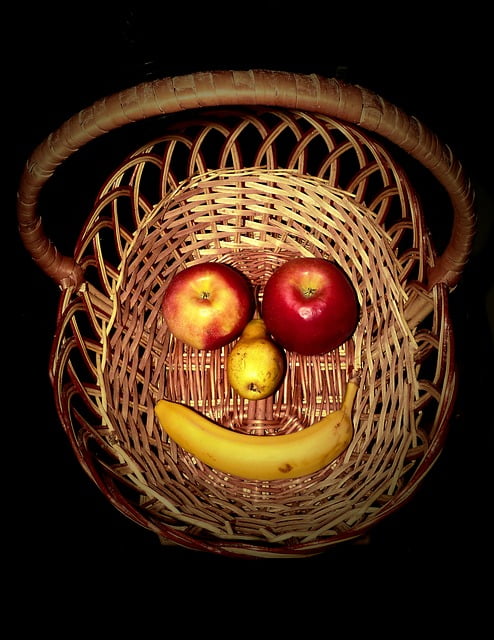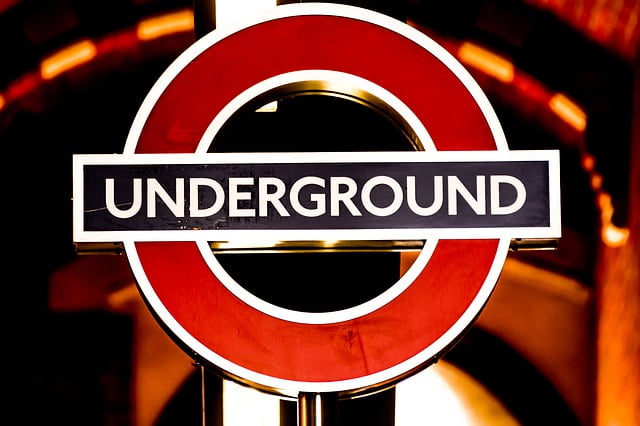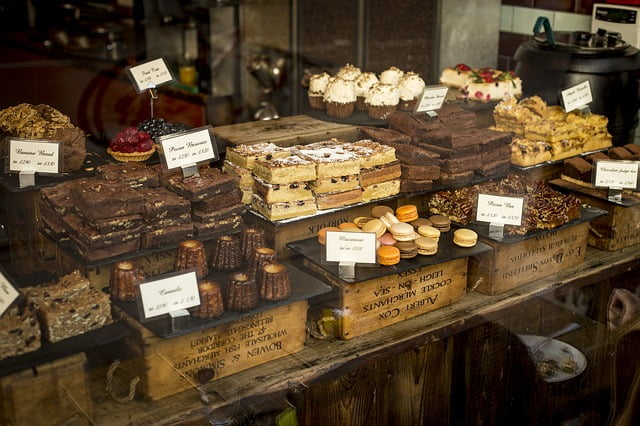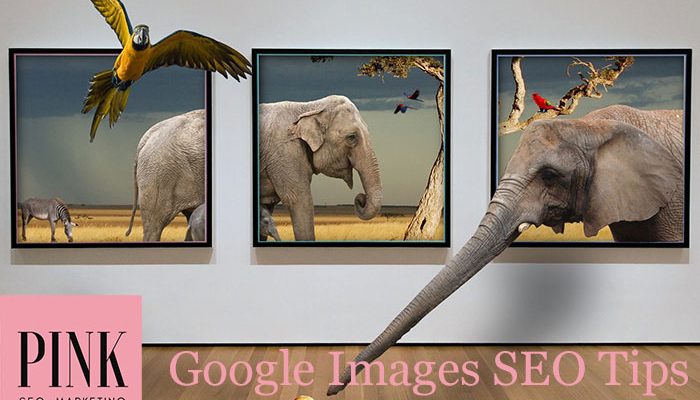Google Images SEO Tips at SEJ Summit
- Home
- Articles and Publications
- SEO Tips
- Google Images SEO Tips at SEJ Summit
Google Images SEO Tips at SEJ Summit
Posted on October 25, 2018
0 Comment
“What Image Publishers Do to Find Success on Google Images” was the topic of a Google talk that Search Engine Journal Summit held yesterday hosting Gary Illyes, Webmaster Trends Analyst, at Google.
The talk was extremely interesting and we’d like to summarise here
the main five tips he gave:
The number one priority is to ensure that your images are accessible to Google Bots.
Check if they’re all accessible with Google Search Console.
Second tip: make sure that the “alt attribute” in the image tag describes concisely and accurately the image.
This can help you a lot with ranking your image.
How to write good alt attributes:
Write exactly what the image is about (and the keyword you want to rank for). The extra signals that Google finds in the page will show if this description is accurate. So, don’t use any spammy techniques, they’re not cool.
Also, don’t make the alt attribute too long.
There is no recommended length for the alt attribute.
Use as many characters as it makes sense to describe precisely and concisely that image. However, if it’s too long, your page will load slower, especially if there are many pages with a long alt text on it.
Thirdly, submit an image sitemap.
This is an optional condition, that can help robots find your images. Image sitemaps are an extension of normal sitemaps where each image of your site is located. It helps enormously robots and the faster Google bots discover your images, the faster you can get traffic to your site.
If on your WordPress site you use the Yoast Plugin for SEO, you don’t have to worry, because it already produces a sitemap of all the blog posts including the images included in the Media Gallery.
Tip number four: make sure the textual content around the image on the page is relevant to it.
You can’t just rely on the ability of Google Images’ recognition software to understand what the image is about.

In fact, Google Images’ recognition software can tell the difference between very different things, like two different fruits, an apple and a banana. However, if there are two people in the image, let’s call them John and Joe, it won’t recognise the difference. It will just consider each of them as “man“.
So, the content around the image is critical. Even if it is just a caption, it helps Google a lot to understand what the image is about.
Last tip: add structured data to your pages and images
Use schema.org for your products: your images may result in having images badges, thus stand out more in Google Image Search. Structured data help Google understand better your pages.
Gary Illyes then answered some of the attendees’ questions:
1) What exactly is “lazy loading” for images and how does it work?
Lazy Loading is a way to speed up your image-heavy pages. With lazy loading, when you’re using JavaScript, you only load the images that are actually in the viewed part of the page. Lazy loading means only loading the images when they are needed. Unfortunately, there are a few issues with this: search engines generally do not scroll, they load. Lazy loading works on scrolling, and since search engines do not scroll, images could be never displayed. To avoid this, check the images best practices in the Google Image Publishing Guidelines.
2) Does Google read EXIF photographers’ metadata?
No, Google generally doesn’t use EXIF metadata, also because it’s been historically not very reliable so far. However, now it can read IPTC photo metadata. This has been the answer to the most urgent request from professional photographers. EXIF metadata displays credits which are embedded in the image itself during processing or taking the picture.
3) How important is the file name to describe the image?
For understanding the image, the file name can be useful as a nice extra to have, but it is not necessary. You might get to rank a bit better using it, but it doesn’t contribute that much.
4) Does the text recognition on an image matter?

No, it doesn’t get checked at all, it has absolutely no effect.
5) Does the position of the image on the page matter?
Google can detect the position of elements on the page. It can differentiate, for example, elements above and below the fold. However, for images, this is less critical. You can put an image anywhere on the page and it will show in the results if the user query is requiring it. Unless it is on a sidebar or on another boilerplate place, the position of the image on the page doesn’t matter.
6) Are there any off-site attributes that can help images rank better, like links from third party website?
For the page itself, it matters a lot whether it’s linked or not. Since they’re important for the hosting page, backlinks matter for images as well. The higher the authority of the page, the better your images will rank, too.
Obviously, this doesn’t mean to buy links, because you’d get easily in trouble with this kind of practices, but with some mindful thinking, you can surely find some good ways to get people to link to you.
7) If an online shop has many different types of products, which are very similar one to each other, how can they show differences in their images?
In these cases, you should think of how you’d do it in a real shop.

People in SEO often forget that it is humans who feedback the algorithm. We all are accustomed to some ways of finding products in real life. So, you want to do things in the way that common people would expect.
In the case of that e-commerce, they should provide the different information in the alt attribute information, n the site page and on schema.org as they would do in a real shop.
8) Which image resolution is best shared on social media channels and on your site?
Generally, you should share your images on channels like Instagram at a lower resolution than on your canonical site. In fact, Google prefers to show to its users the best available image, so it would be better if they can show it from your site, than from any “hostmyimage.abc” website.


